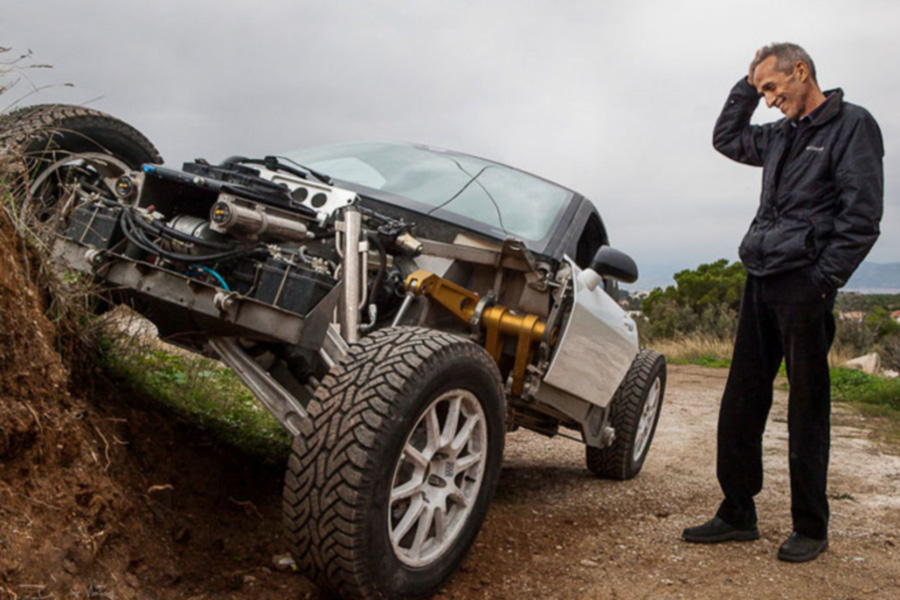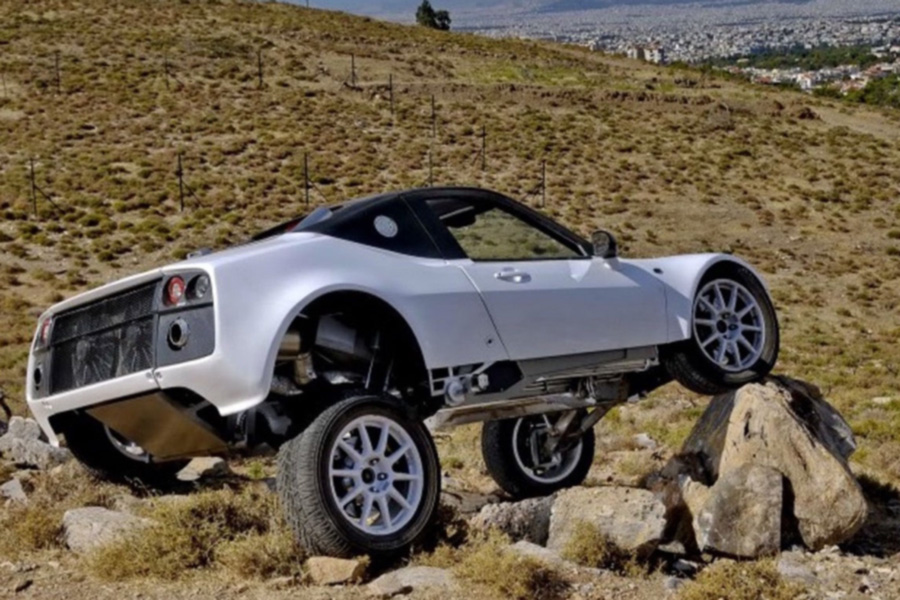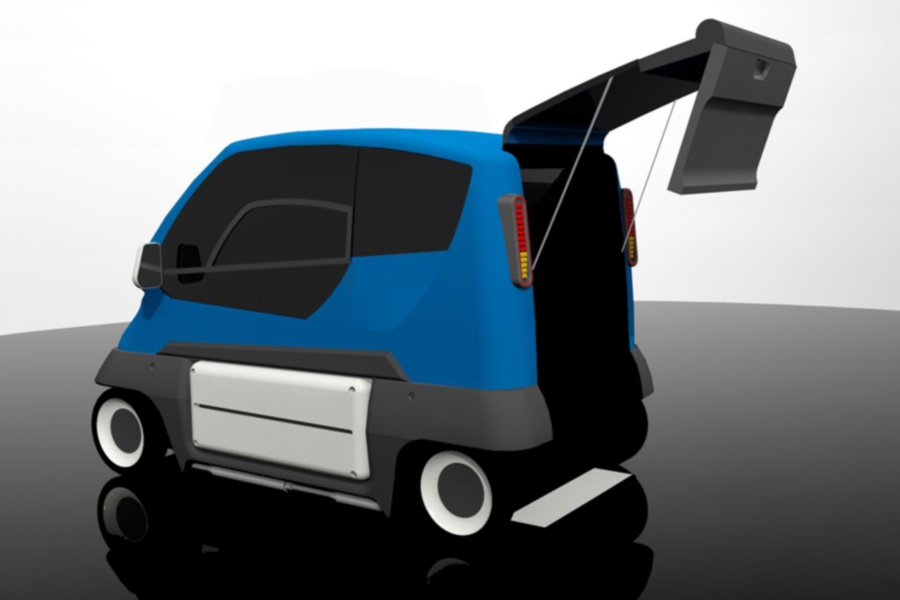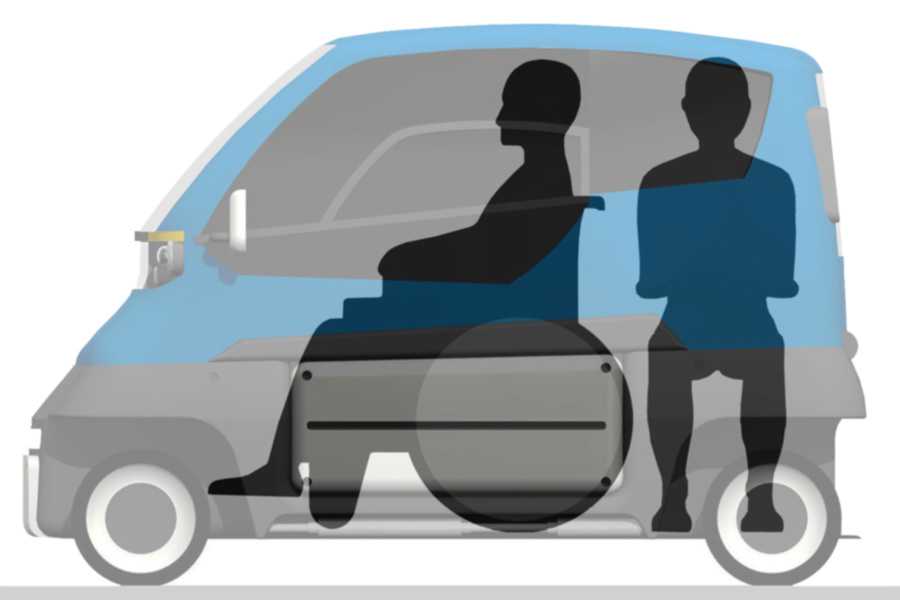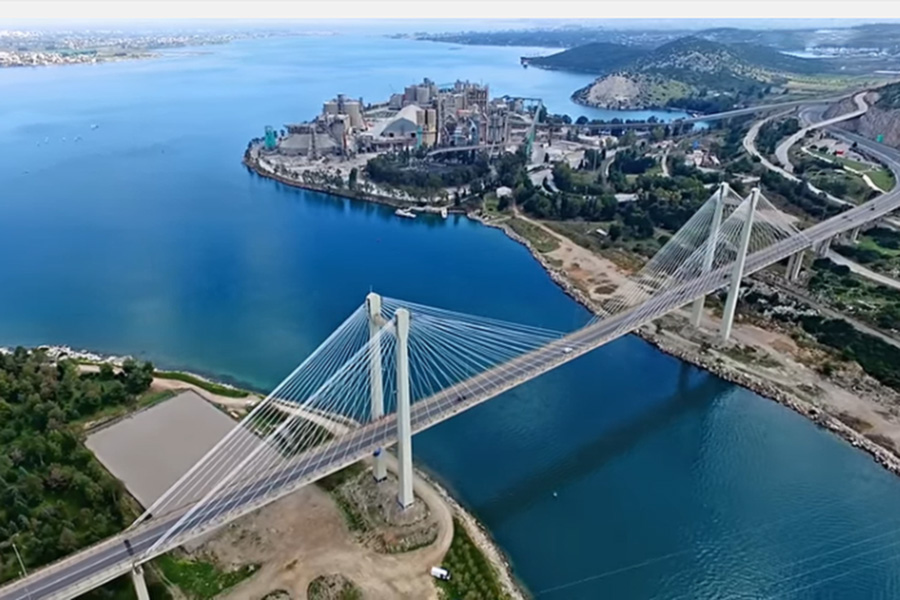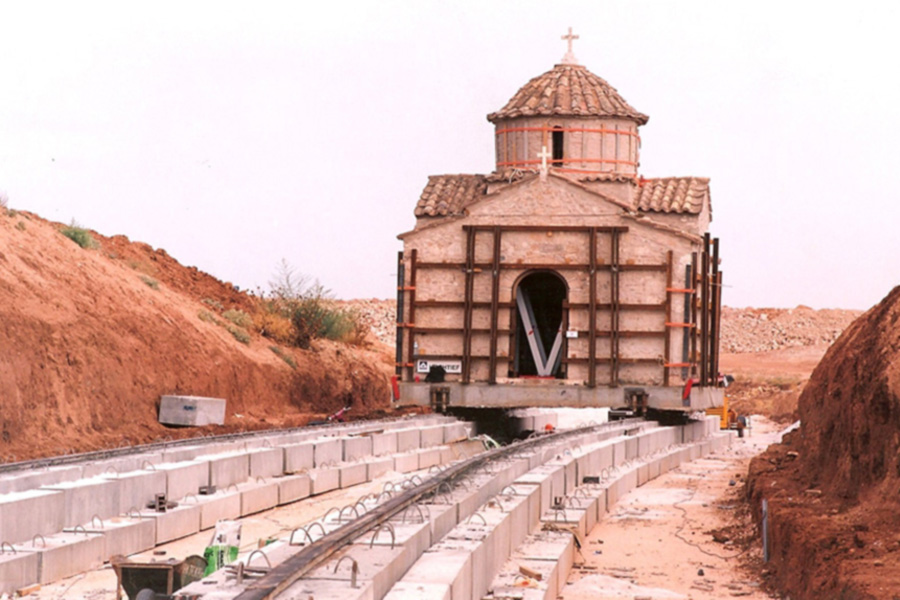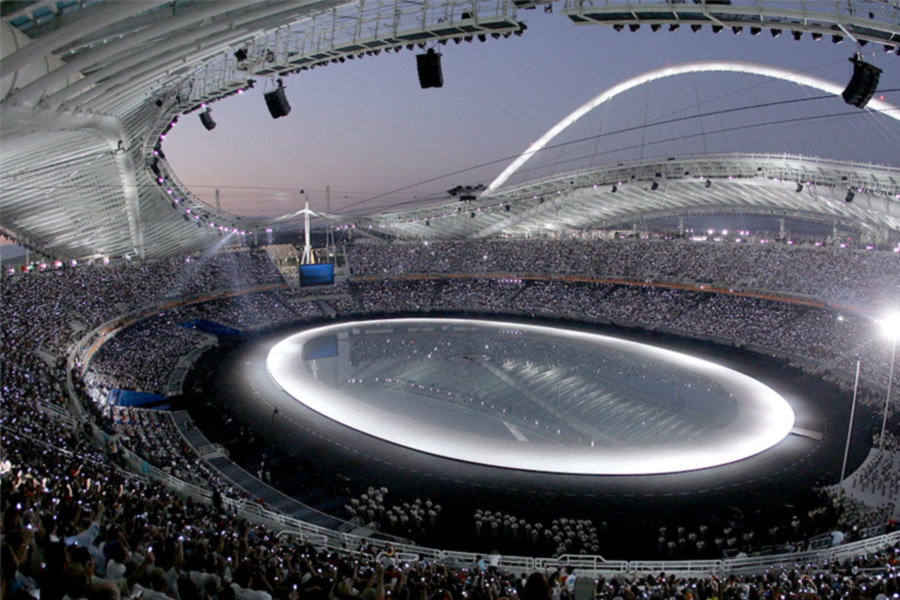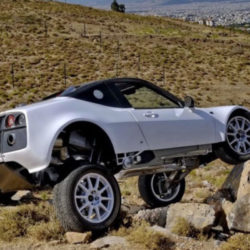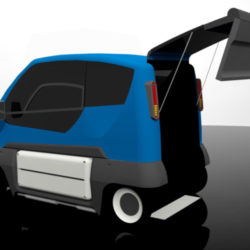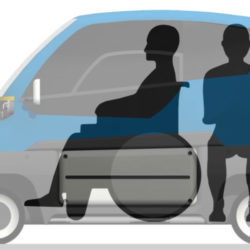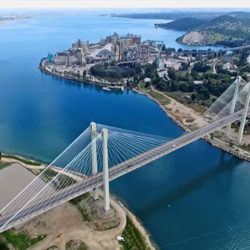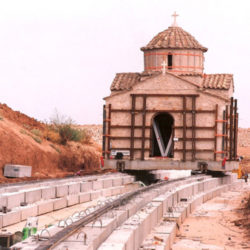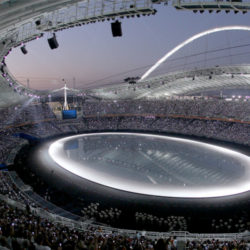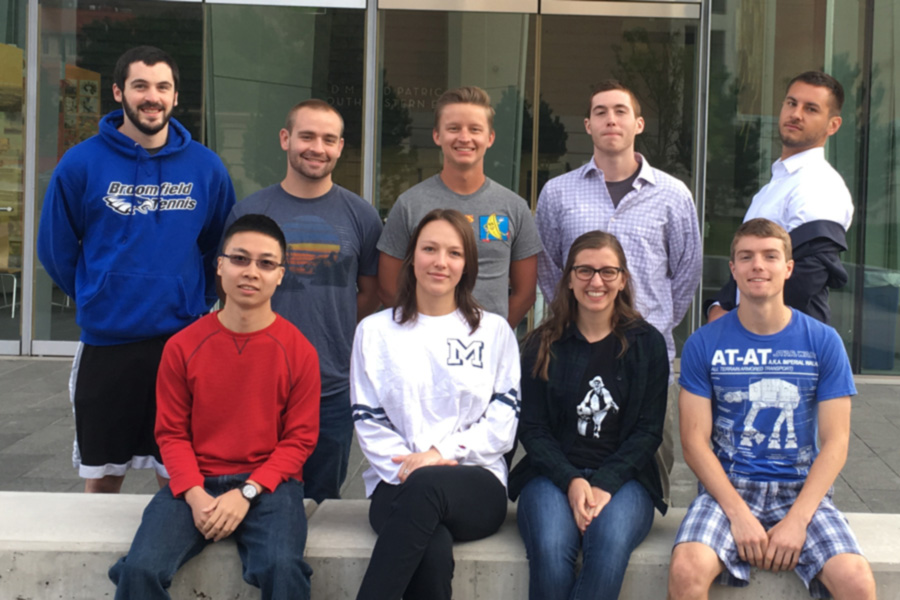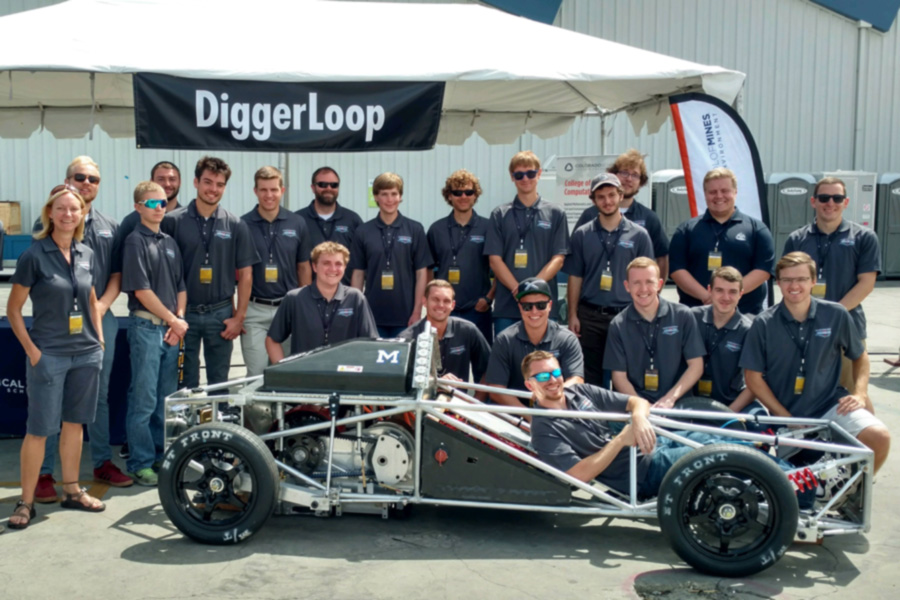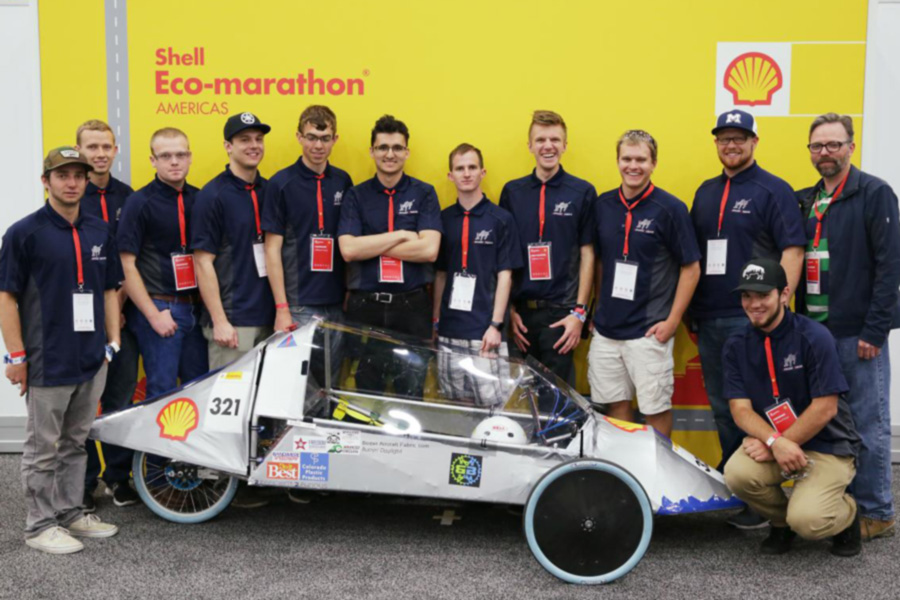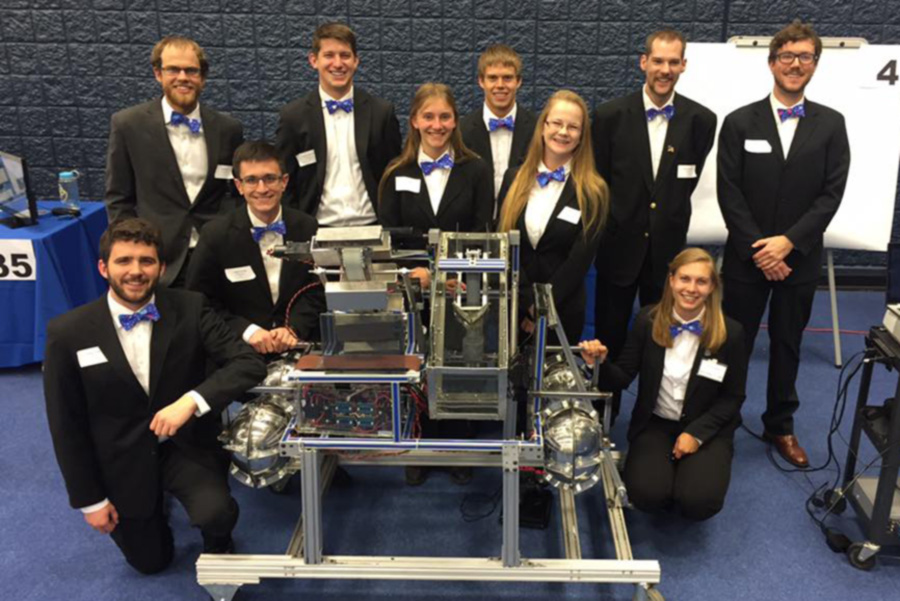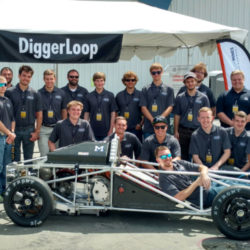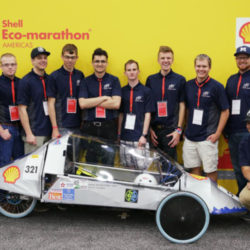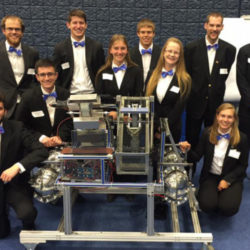Vision
Power and Transport for Africa’s Green Revolution
Mission
We are developing a viable, sustainable, mechanization and transport vehicle for small-scale agriculture
Outcome
Thriving, productive small-scale farms
Efficient, reliable agribusiness supply chains
Sustainable rural transport infrastructure
Regional and national economic growth
Challenges • Solutions
Team
*mouse over or tap team icon*
Engineering: Dimitris Korres
Our engineering team combines the extensive experience of Dimitris Korres, a brilliant and successful engineer, with a large team of student engineers from Colorado School of Mines, an internationally recognized engineering university.#1 - All-Terrain Supercar (expand)
The Korres P4 all-terrain supercar is equipped with a patented suspension from Dimitris Korres that drastically reduces movement of the vehicle chassis and occupants over very challenging terrain, while minimizing impact and damage to the rest of the vehicle. The P4 is 1 of 4 unique all-terrain vehicles Mr. Korres designed from the ground up.
Mr. Korres has applied lessons learned from 4 successful vehicle programs to our vehicle and created a patentable low cost, low tech suspension with similar load stabilization, wheel travel and articulation at low speed. This suspension will enable transport of farmer harvest and vital water supplies in areas without roads.
Additional information and links on Korres P4 supercar:
- Tech show video https://youtu.be/Ng2Qkud-DDI
- Assembly video https://youtu.be/DOndqH8e8uo
- Other videos http://bit.ly/2CGGvVr
- Mechanical wheel interconnection: front-to-back and diagonal
- Very long-travel suspension and extreme axle articulation
- Custom designed 3-ratio (low/med/high) highly compact manual 6-speed gearbox
- Power/weight ratio of 6.99 lb. per horsepower
#2 - Wheelchair City Car (expand)
- 4 hub motors producing 6kW
- Compact auto-leveling suspension
- Adjustable riding height
- Ability to fit any size wheelchair
Additional information:
#3, #4, #5 Other Engineering (expand)
Slide #3 – Evripos Bridge is the first cable-stayed suspension bridge in Greece, with a total length of 2,280 ft, a very thin deck and meticulous engineering. It is a tourism landmark for both its beauty and distinctive design.
Slide #4 – Relocation of St. Peter and Paul Church a church dating back to the early post-byzantine period. Structure lift, guide beams, rail and move of 1,115 ft.
Slide #5 – Specialized engineering for architect Santiago Calatrava’s design for the roof of the Athens Olympic Stadium.
Engineering: School of Mines
Colorado School of Mines (CSM) is a world-renown science and engineering institution in Golden, Colorado. The CSM Capstone Senior Design program has led successful engineering projects for client companies across a wide variety of disciplines and industries, including humanitarian engineering, transport, nuclear, aerospace, energy, communications, and exploration.Our 2017-18 CSM student engineering team named themselves “Team Matumaini” which is Swahili for Hope. The team is nine-engineers strong and full of talent, passion and capability. Their goal is to collaborate on development of solution systems for our vehicle chassis and suspension.
#1 - CSM Hyperloop Team (expand)
The 2016-2017 CSM Hyperloop team was one of only 24 teams chosen worldwide to compete in the SpaceX Hperloop Pod Competition. The competition challenges university teams to design and build the best transport pod. A handful of top finalists compete in an on-track competition run on the SpaceX Hyperloop test track, a mile-long partial-vacume tube in Hawthorne, CA.
More info: http://www.spacex.com/hyperloop
#2 - CSM Ecomarathon Team (expand)
The Shell Ecomarathon is a competition to design, build and drive energy-efficient vehicles. The 2017 was the first time CSM had competed in the battery-electric prototype division division. The CSM team placed seventh out of more than twenty-five teams. Their 3-wheeled vehicle ran on battery electric power and required three disciplines to execute: mechanical, electric and computer science.
More info: https://www.shell.com/energy-and-innovation/shell-ecomarathon.html
#3 - CSM Robotic Mining Team (expand)
The CSM Robotic Mining team competes against more than 50 college teams in a competition sponsored by NASA to design and build a mining rover that can traverse simulated terrains on Mars, the Moon, asteroids, excavate materials and deposit them into a collector bin within 10 minutes.
More information: https://www.nasa.gov/offices/education/centers/kennedy/technology/nasarmc.html
Advisory Team
Our advisory team are quality individuals highly experienced in business startup, business development and engineering. We will be adding advisors in agronomy, agricultural engineering, manufacturing and other key knowledge sectors.Dave Lester (expand)
https://www.linkedin.com/in/dave-lester-08755a
Director of five corporations, two non-profits and a national research institute. Managed NASDAQ public offerings for a medical company and an entertainment network, served as President, VP, board member and CFO of NASDAQ traded public companies. Former President of RMED International: developed the first home photo therapy for infant Jaundice and the first biodegradable infant diapers, currently sold under brand names Tushies, TenderCare and others. RMED was acquired by https://en.wikipedia.org/wiki/Hain_Celestial_Group
Dave cofounded The Environmental Technology Center: the first performance monitoring and tuning technology for industrial smokestacks. That company became the environmental controls division of https://en.wikipedia.org/wiki/Lear_Siegler which is now part of this fortune 250 conglomerate https://en.wikipedia.org/wiki/Teledyne_Technologies
Allen Bell (expand)
Cofounder, Idea Village, a nationally recognized startup accelerator. Helped build New Orleans’ business startup community to highest startups per-capita in USA (Brookings Institute http://bit.ly/2eAeKlp). Allen’s work has been covered by top financial media, a few examples:
Technology
Technology overview
In Sub-Saharan Africa, experts agree that boosting the productivity of small-scale farms is essential to food security and poverty reduction. These small, rural farms lack the inputs, training, market access, mechanization, irrigation, roads and transport services needed to move from subsistence to market-oriented production. Efforts to improve this have not modernized smallholder farming. This stifles agricultural growth, sustains poverty and accelerates urbanization, further impacting food security.
Prosparity Systems is developing a low cost, multi-purpose agricultural vehicle to improve the livelihoods and productivity of small-scale farmers in Sub-Saharan Africa. The Prosparity Service Rover Vehicle (SRV) is designed to affordably mechanize cultivation, irrigation and transport for multiple small-scale farms. Prosparity Systems is also developing portable factories for companies to produce and service our vehicle in rural farming areas.
A few virtues and features of the SRV:
- Does not require roads to transport crops, mechanize farms and supplement irrigation
- Is designed for low investment, low overhead, local production
- Is low weight, mechanically efficient, versatile and simple to maintain and repair
- Engine power is appropriate to smallholder power needs
- Has high ground clearance with low-tech, long-travel suspension
- Long-travel suspension auto-levels cargo over highly uneven terrain
- Has multiple power takeoffs to drive pumps, post-harvest machinery, implements, etc.
Unlike tractors, Prosparity SRVs are designed to affordably mechanize production and transport throughout the cultivation season, while removing the need for conventional road and irrigation systems. One SRV can handle transport and mechanization for a group of small-scale farms, and SRVs and can be built and serviced nearby or on-site at large contract farming operations.
Summary: Prosparity SRVs are not fast or glamourous. They are designed to address on-ground realities of sub-Saharan smallholder agriculture. Their beauty lies in their utility, the sheer amount and variety of work they can do per energy unit and dollar spent. This is the vision of our engineering team and our solution for powering agricultural productivity.



